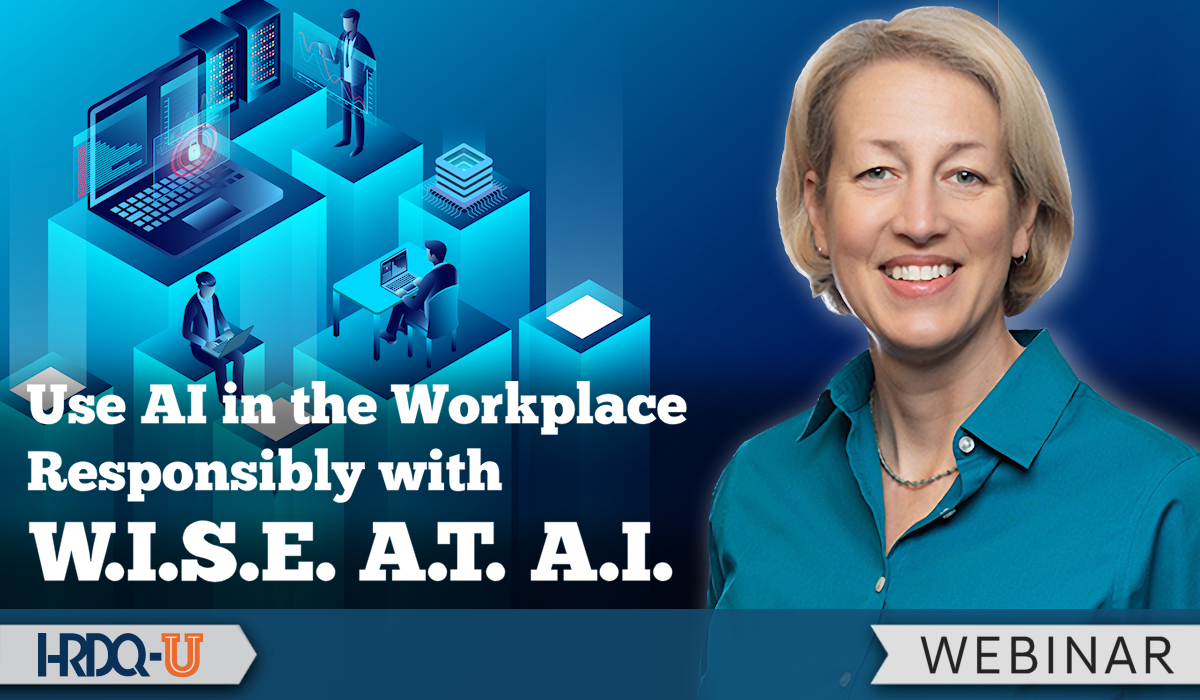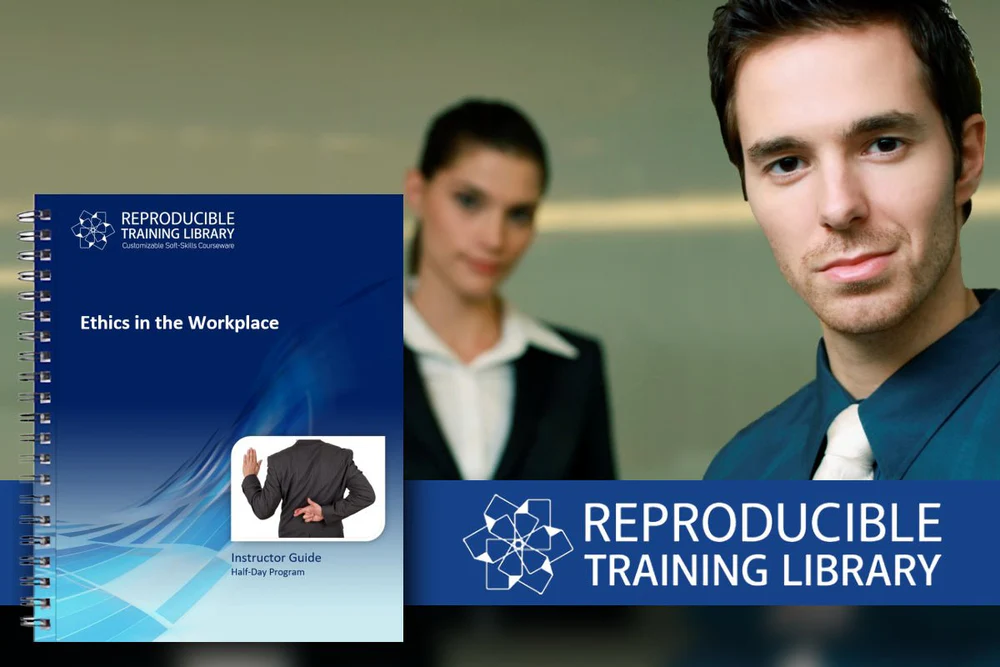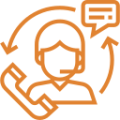Wisdom
Is this a wise application of AI, and have I chosen the right tool?
Wisdom in application means ensuring AI is used in situations where it can truly add value, such as automating repetitive tasks or providing quick, data-driven insights. It also means understanding the limitations and uncertainties associated with AI and having a realistic understanding of what these technologies cannot do, like make decisions, provide reliable facts or real-time information, or give financial or legal advice. It’s crucial to regularly update and refine AI strategies based on evolving technologies, balancing AI’s capabilities (and weaknesses) with human intelligence to avoid over-reliance. Continuous performance evaluation helps in fine-tuning AI’s role, making it a strategic asset rather than just a tool.
Inclusivity
How am I evaluating the inclusivity of this AI output?
This involves using diverse data sources to train AI models, which ensures that outputs are representative and unbiased. This principle also includes making AI tools accessible to all users, including those with disabilities, and engaging a wide range of community stakeholders in AI development processes. This broad involvement helps in identifying and mitigating potential biases and promotes fairness and inclusivity.
Security
What necessary precautions have I taken to protect sensitive data?
When it comes to AI, security includes implementing robust measures to safeguard data privacy. Data privacy and security are considered at both the user level and the organizational proprietary knowledge level. It’s also vital to comply with legal and regulatory standards and to create and maintain emergency response strategies for potential security breaches.
Equity
How is this output equitably compensating contributors and providing fair representation?
Equity focuses on ensuring that AI technologies respect and promote human dignity and rights. This involves fair compensation for contributors, effective management of user and content-provider consent, and providing equal opportunities for participation in AI projects. This element of the framework also helps emphasize the importance of representing underrepresented groups in AI processes and outputs, fostering a more inclusive and equitable technological landscape.
Accountability
How am I holding myself accountable for using AI responsibly and taking ownership of the outcomes?
Accountability within the W.I.S.E. A.T. A.I. framework means assigning clear responsibilities for AI development and usage. It also involves ensuring that AI-supported decisions are auditable and traceable, and it involves maintaining high standards through rigorous quality assurance and monitoring.
Transparency
How am I communicating transparently about my use of AI?
Transparency involves being clear about when AI is being used as well as making AI processes explainable, maintaining open communication with users and stakeholders, and keeping detailed documentation of AI models and data sources.
AI
How am I continuing to learn about best practices and guidelines for AI usage?
The “A.T. A.I.” aspect of the framework emphasizes the importance of keeping AI technologies up-to-date and integrating them into broader business strategies. It promotes a collaborative ecosystem that encourages innovation and ethical practices by staying abreast of best practices in the swiftly evolving AI industry. This continuous learning and adaptation ensure that AI remains a dynamic and valuable part of your organization’s toolkit.
When Do I Use W.I.S.E. A.T. A.I.?
You can use the W.I.S.E. A.T. A.I. framework whether you are a software engineer designing new features, a business leader who is setting strategy for the organization, on a project team to improve processes using AI supports, or, like most of us, someone using these tools to be more productive, creative, and faster in our work.
If you integrate the framework into your project workflow, consider revisiting it during retrospectives or progress milestones to keep it at the forefront of the team’s thinking. This goes a long way toward making smart and safe use of AI more than just lip service.
Finally, as you roll out new tools, features, or processes, you can then refer to the W.I.S.E. A.T. A.I. framework in your communications so that affected employees, end users, and customers have insight into your thought process. This can not only build credibility for your team’s work but also help anyone listening think about how these elements of responsible use of AI fit within their own work.




























